INVERTED HUTONGS
by Jayden Tze Kit Lau
This project seeks to address the issue of overpopulation and poor qualities of outdoor space in traditional hutongs. Through an inversion of the HuTong, each dwelling has access to their own terraces. Providing residents with access to both private and semi-communal terraces. At an urban scale, the project bridges a social and physical relationship between the northern gated residential community and the southern traditional hutongs by creating a new permeable local socio-economic destination at ground level that benefits all; the local residents and existing local business owners. On a building level, the project provides functions catered to new residents and the local community. Pedestrianisation of the existing circulation route improves the southern site frontage. By restoring old HuTongs, foot traffic is increased, encouraging greater exposure to local businesses. Driven by the hutong inversion, dwellings and terraces sit above the ground level in an alternating arrangement. At dwelling level, residents have access to two terraces. Private terraces are directly accessible from each flat. These can be fully taken over by their respective occupant. Semi-communal terraces provide functions that benefit the residents of the project. Functions include; pausing space, children's playground, tai chi/dance zone, outdoor gym and mahjong/board game garden.
A walk through a typical hutong in Beijing. What is it? What is it like?













